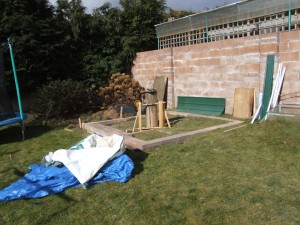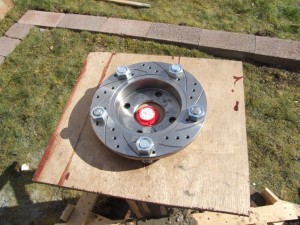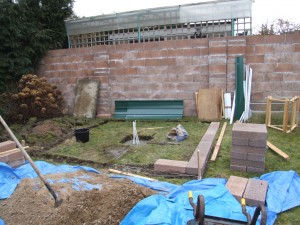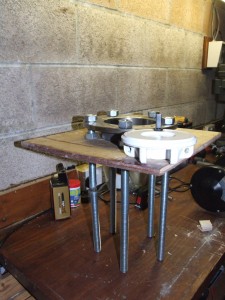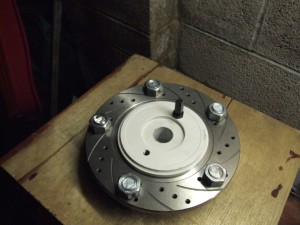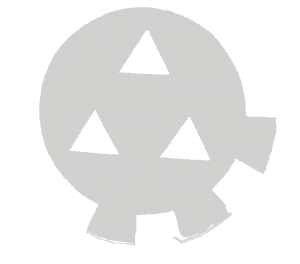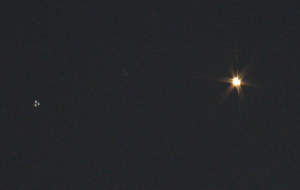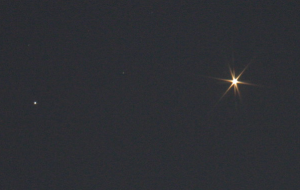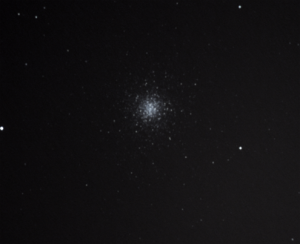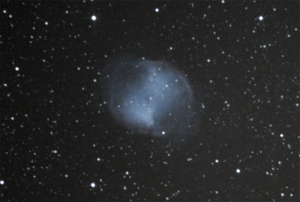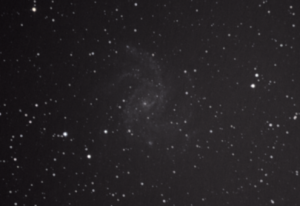More progress:
- Finished laying blocks on concrete as the footer
- Cast the column – that was a big moment
Filling the column form took more concrete than I’d anticipated but I had enough materials to complete it without a trip to the DIY store! A worry of mine was how to compact the concrete within the form to make sure it’s as solid as possible. I used 2 methods. Firstly I used a length of timber to push the concrete down, especially the first couple of shovel fulls, to make sure all the gaps were filled in around the reinforcing rods. Secondly I inserted a right-angled bolt, I think I salvaged it from an old stair gate, into my cordless drill and used the asymmetric motion of the bolt to act as a vibrator to remove air bubbles. I used this against on the framework and also on the top board to effortlessly sink it into the concrete.
All I have to do now is assemble the shed over the column and turn the roof into a roll-off! Easy – I’m not expecting it to be too easy but I’d rather work with a wooden frame than lay concrete blocks!
I bought a bubble level to level the top board and I think that was definitely £1 well spent. Trying to get the column form upright would have been impossible without it. There’s rain forecast today but it should be dry over the next couple of days so hopefully there’ll be an update on Sunday.
more to follow…
